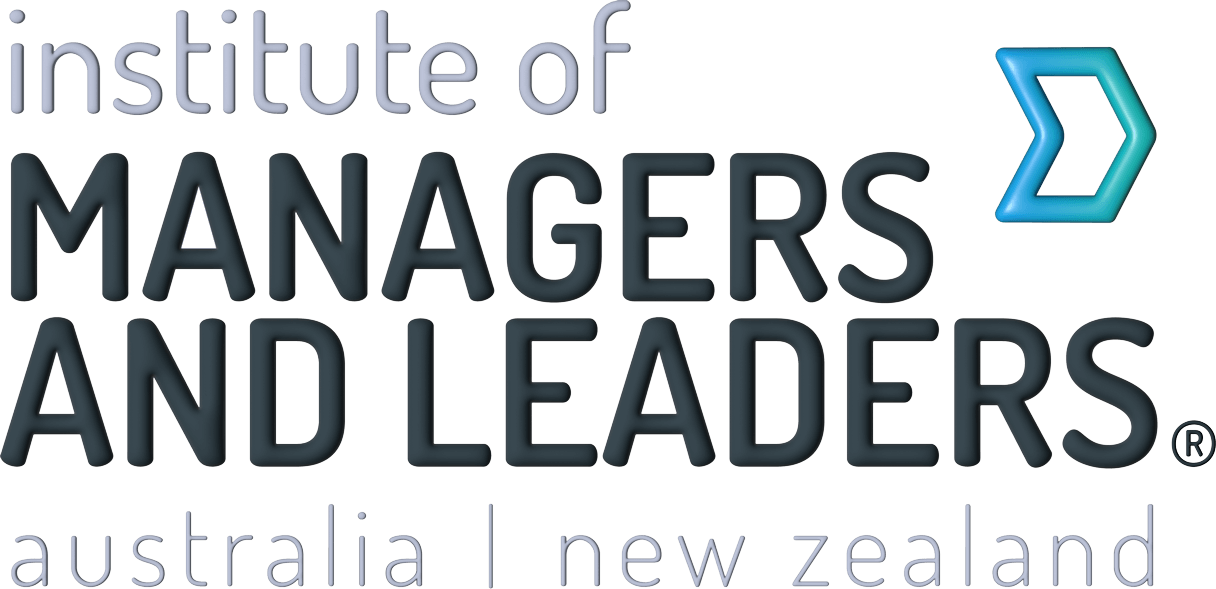By Craig Baty FIML
For our final article in this series on digital transformation for non-technical leaders, we’ll look at Cybersecurity. In last week’s article we saw how AI and robots will increasingly work alongside us to augment our capabilities, now it’s time to think about the elements we need to protect in this constantly connected world.
The evolution of security
What used to be called computer security is now most commonly called cybersecurity. The change in terminology reflects the evolution from discrete to interconnected computer systems. It is only since computers have been connected to each other that issues around protecting them from unwanted intrusion become prominent.
Cybersecurity has many parts, from the protection of individual devices to the protection of the enterprise and even the nation state. One important aspect is identity and access management, a range of technologies intended to ensure that only validated individuals have access to the appropriate levels of information. Identity management systems are now being implemented at the national level with the increasing popularity of e-government systems. Many identity management systems include a biometric component, using voice or facial recognition, fingerprints, and other distinctive physical attributes to verify and identify individuals.
Keeping enterprise information safe
The term Security Information and Event Management (SIEM) is increasingly being used to describe the range of techniques and technologies employed to ensure that enterprise information systems are secured from outside interference. Such interference can come from individuals, organised crime groups, other enterprises, or even nation states. They can be motivated by political, economic and national security policies, revenge, mischief and thrill-seeking in the case of individuals, or by financial advantage in the case of access to proprietary information.
SIEM systems are the fastest-growing and most important product area in Cybersecurity. They have three major components:
- Data collection: Gathering data about system activity from syslogs, firewalls, application monitors, and operating system and network traffic logs.
- Data analysis: Log management and retention, event correlation, user activity monitoring, and predictive and forensic analysis.
- Reporting: Real-time dashboard alerts, email and SMS with alerts, analytical reporting, auditing and governance, and compliance.
Cyber-safety beyond borders
Cybersecurity is increasingly important to governments, where it is now an area of active international conflict. Cyber warfare is a reality, with nation states (and sponsored terrorists/black-hats) as perpetrators as well as victims. Most countries now have national cybersecurity centres, drawing on the capabilities of private industry, government and academic specialists in the area.
Cybersecurity is a constant battle of changing technology. There are many excellent point solutions, a range of comprehensive suites and a large services and systems integration industry that provide clients with cybersecurity solutions based on a range of products. However malicious players are constantly employing new techniques and technologies. It is a new arms race, a new cold war and there is no one size fits all solution.
Leaders at all levels need to arm themselves with enough knowledge to understand these threats and work with appropriate organisations to develop and implement individual, corporate and community plans for mitigating negative impacts.
Digital transformation – why you should care
Join us in Sydney where Craig will present an informative and insightful TEL Talk: Digital Transformation – Why should I care? This brief primer on Digital Transformation will address:
- What is Digital Transformation and why is it important for today’s leader?
- What are the key technologies and processes to be aware of?
- How have these technologies been used to create truly transformative business outcomes?
- As a leader, how can you prepare yourself for an increasingly digitalised future?
Craig Baty is Principal and Founder of Technology & Management Services (TMS), which specialises in research-based data-driven thought leadership and consulting for ICT strategy, outsourcing, vendor management, go-to-market execution, and market and competitive intelligence. TMS also consults on cross-cultural communications and managing virtual teams across multiple geographies. He previously held C-level leadership roles with global telecommunications provider BT (British Telecom), Japanese ICT & technology giant Fujitsu and ICT research and advisory firm Gartner. Craig currently serves as NSW Vice Chair of the Australian Computer Society (ACS) and on the NSW Council of the Australian Information Industry Association (AIIA).



